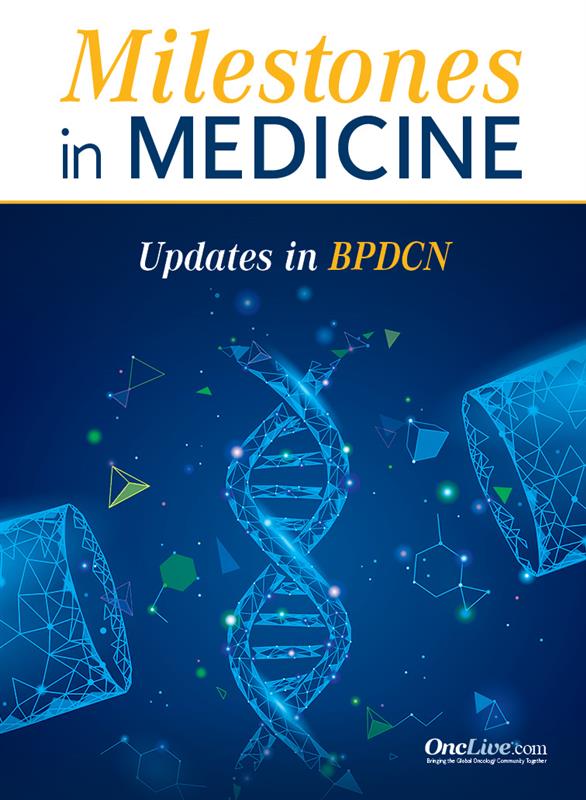Publication
Video
Supplements and Featured Publications
Dr. Wang on the Current Treatment Options for BPDCN
Author(s):
Eunice Wang, MD, discusses the current treatment options for blastic plasmacytoid dendritic cell neoplasm.
Eunice Wang, MD, chief the Leukemia Service, the Department of Medicine, Roswell Park Comprehensive Cancer Center, discusses the current treatment options for blastic plasmacytoid dendritic cell neoplasm (BPDCN).
Up-front treatment for patients with BPDCN includes tagraxofusp-erzs (Elzonris), a therapy designed to target CD-123, which is highly expressed in BPDCN and other hematologic malignancies, Wang explains.
Although effective, tagraxofusp is also associated with certain adverse effects, and it is important to be mindful of these toxicities, particularly with regard to elderly patients with BPDCN, Wang adds. Patients receiving tagraxofusp should have preserved functional status and an acceptable serum albumin level, Wang says. If patients do not have meet these criteria, tagraxofusp can cause capillary leak syndrome, leading to hypotension or acute drops in blood pressure, according to Wang.
Patients who are not candidates to receive tagraxofusp, including those who are too sick or too elderly, should be considered for experimental therapies or alternative treatment regimens that may not be as effective, but are better tolerated, Wang concludes.










